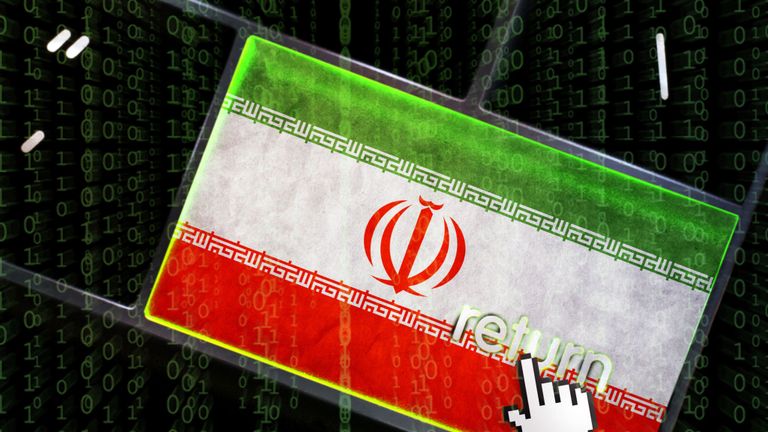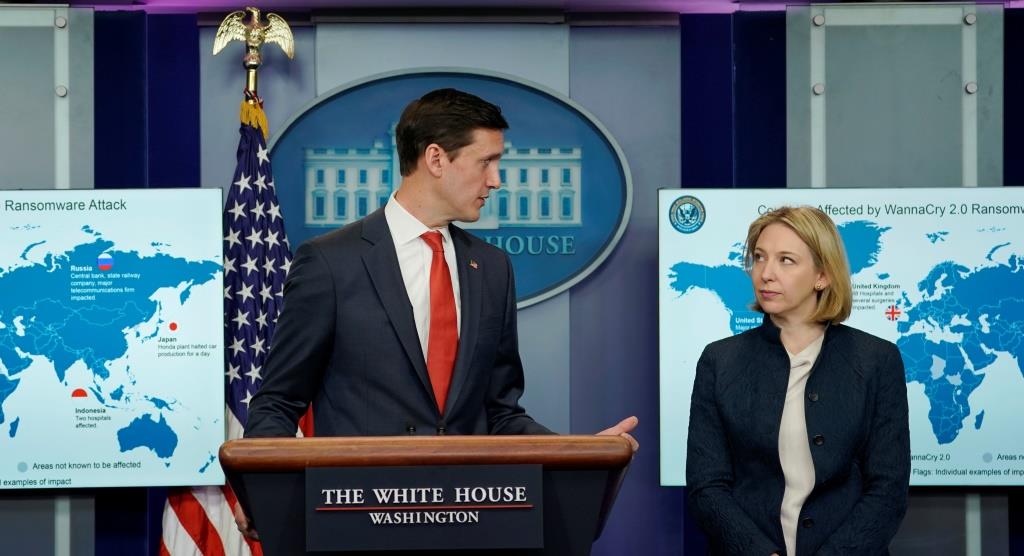Dr Christian Wagner
Since the 1990s, India has significantly widened its relations with Africa. Three summits, increasing trade and newly agreed cooperation on security demonstrate the increased importance of the African continent to India’s foreign policy.
With this commitment to Africa, India continually underscores its claim to act as advocate for the countries of the Global South. Moreover, African countries now account for a larger share of India’s energy imports, thereby reducing its dependence on Middle Eastern countries. India is also trying to establish a counterweight to China’s activities in Africa. However, India’s decision-makers realise that they cannot seriously compete with China in this arena.











/arc-anglerfish-arc2-prod-mco.s3.amazonaws.com/public/EL3ICO5OZ5CGHELDNJMNAXT2BI.jpg)




